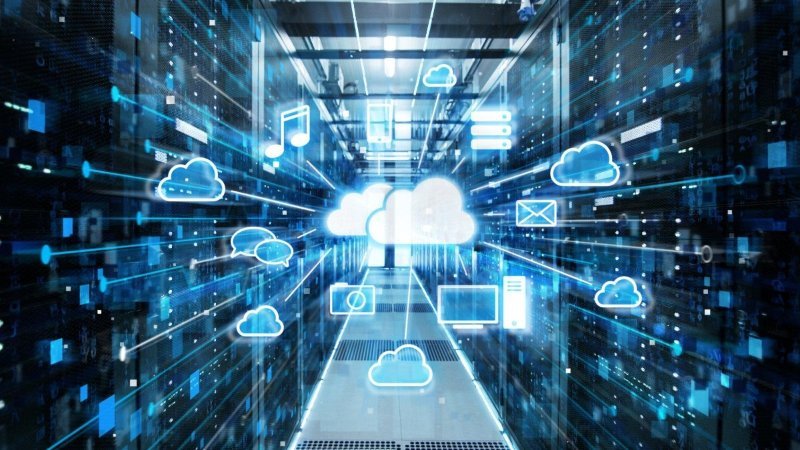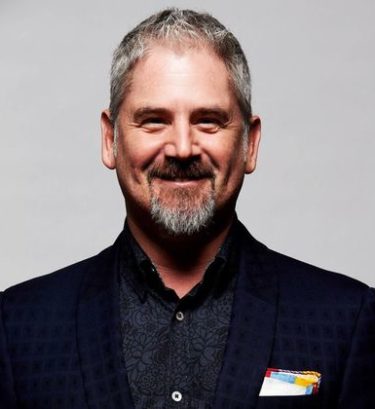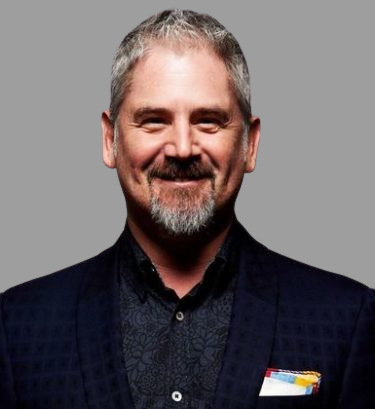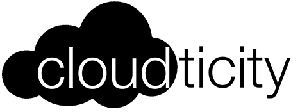Revolutionizing AI in Healthcare
“The older I get, the more I realize how much I have to learn,” says Gerry Miller, Founder & CEO, Cloudticity. He keeps an open mind, listens and surrounds himself with people who he can learn from. Miller is a responsible person who understands what is important and beautifully manages every aspect of his life in the right way. He gives his team the right amount of support, his family enough time and his company generous amounts of care. According to Miller, self-awareness and good decision making are inevitable to success. “I know the buck stops with me, so I work hard to present a clear vision and make the hard decisions as quickly as possible,” he says. The inquisitive leader also gives his team the freedom of decision making with the right blend of support. In the initial stages, he takes the responsibility of setting up the team for success and ensures everyone is equipped enough to work towards the mission. Once everything is set, he lets his people free to make their own decisions and execute their ideas independently.
Balancing work and life in style
Miller starts his day by planning his agenda followed by answering emails. He also answers all the emails before going to bed. “I am an inbox-zero guy,” says Miller. Most of his days are spent on meetings, and he closes each day with a review and self-reflection. His routine also reflects how much importance he gives to ‘work-life-balance” because he makes sure that he spends some quality time with family. Usually, he makes breakfast for his son and enjoys a five-mile walk with the family every day. “Take care of business and humans alike, and remember that you have many teams rooting for you – not just those in your company, but family, friends, customers, and partners,” says Miller.
Finding success in saving lives
One of Miller’s clients had a toddler daughter who was diagnosed with a hairline fracture in her leg bone. Though the orthopedist fixed the fracture, he failed to diagnose that the girl was born with a heart defect, had open-heart surgery, and the hairline fracture was a side effect of the problem reappearing. Fortunately, the HIE they deployed lead them to her cardiologist which eventually saved her life. Miller considers this as his most memorable moment of success.”That brought home the gravity of what we do – and there’s a family I know who didn’t have to go through the unimaginable experience of losing a child,” says Miller.
Miller’s take on digital transformation
“Our healthcare system is severely broken – it’s not designed to care for healthy people, so it’s a sick-care system. There’s something inherently wrong when the sicker you are, the more your doctor gets paid. That’s backward to me. The system consumes 20% of our GDP, yet still kills over 100,000 people each year due to simple errors.” says Miller. According to Miller, a lack of data transparency, excessive regulations, and increasing costs are some of the major reasons why the system is inherently broken.
Digital transformation could be a problem solver as Artificial Intelligence has profoundly minimized the elephantine amount of grunt work involved in the diagnosis. As a result, over 80% of the providers using Electronic health record systems have now prevented an adverse reaction. Using data processing, machine learning models and statistical analysis can keep people healthier and at the same time drop costs dramatically. However, the technologies still have a good scope of improvement in the healthcare space. Certain things like data transparency need to be worked on to get the best of the technologies.

Wrapping it up
He advises the booming entrepreneurs to give their 100%, be persistent and ready to give up anything nurture your venture to success. Failure is inevitable in the journey towards success. According to Miller, we need to stop thinking of failure of a personal deficiency, but as a hypothesis’s falseness when testing your ideas. “Failure is a good thing, and the ability to not take failure personally is probably the single common thread I’ve seen across entrepreneurs,” says Miller.

Company: Cloudticity
Website: www.cloudticity.com
Management: Gerry Miller & CEO
Founded Year: 2011
Headquarters: Seattle, WA
Description: Cloudticity helps healthcare companies design, build, migrate, and manage HIPAA-compliant systems in Amazon Web Services.




